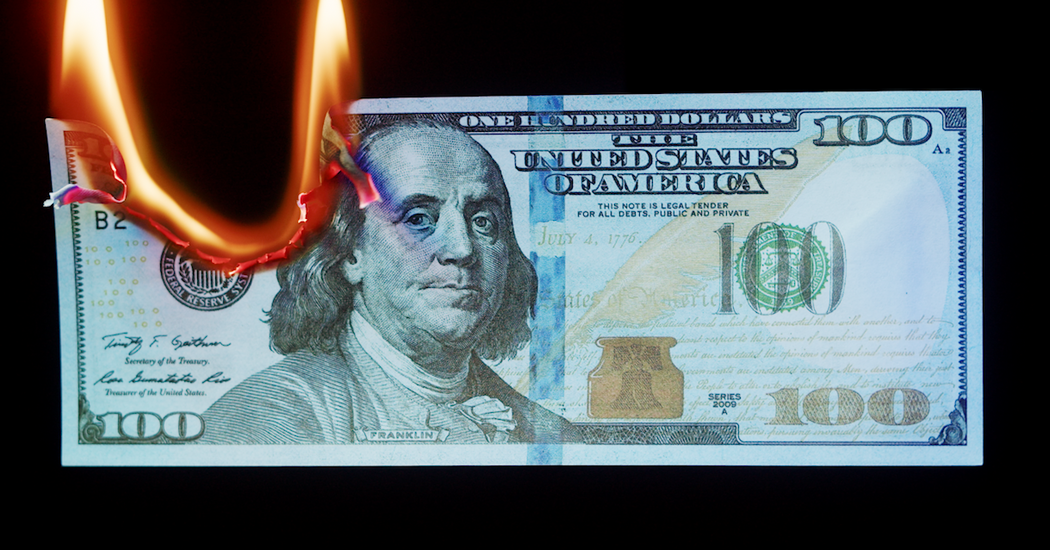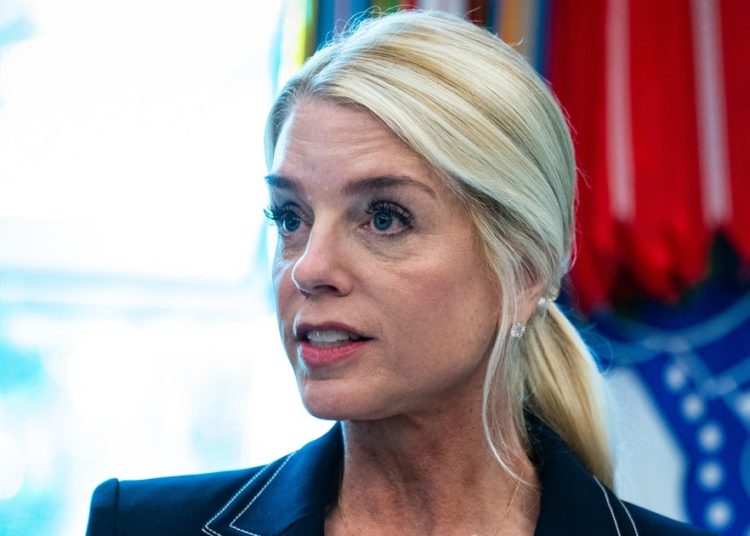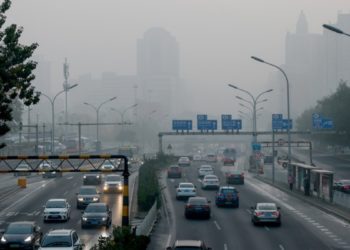It was early last month when observers noticed ominous cracks in the facade of one of America’s most important financial markets. Tricolor, one of the largest used-car retailers in Texas and California, abruptly declared bankruptcy. Federal investigators are reportedly looking into whether the company committed fraud by promising the same collateral to multiple lenders.
Shortly after Tricolor cratered, something similar happened to First Brands, a company primarily known for making car parts. Its investors discovered roughly $2 billion in loans not on its balance sheet. When a lawyer for the company was asked to state how much of that money he could account for, he wrote “$0.”
That’s when things started getting scary. Fifth Third, a regional bank, said it had lent Tricolor $200 million, nearly all of which it now expected to write off as a loss. Same at JPMorgan Chase, which reported it was out $170 million that it will presumably never see again. At Barclays the figure is nearly $150 million. They’ll survive the loss, but the incident cast into sharp focus a risk that had otherwise lurked in the shadows, growing year by year: a cascade of bankruptcies that triggers a widespread financial crisis.
Tricolor and First Brands had also borrowed from a breed of nonbank financial firms known collectively as private credit, whose workings are much more opaque. How badly were those firms hit? How many of their other borrowers are overleveraged in this way? What will happen if they, too, falter? For now, at least, there’s no way to know.
Giving voice to a widespread sense that the losses had only just begun to pile up, Jamie Dimon, JPMorgan Chase’s chief executive, warned, “When you see one cockroach, there are probably more.”
It was a remarkable glimpse of the way financial institutions of vastly different statures have become interconnected — tangled up in complex webs of indebtedness and exposure that can multiply the damage when something goes wrong. The most remarkable part of all was that we’d been here before, recently and disastrously. And we may well be poised to make many of the same mistakes.
The 2008 financial crisis occurred in part because banks and other financial institutions were offering too many mortgages to borrowers who couldn’t plausibly repay them. When enough bad loans began caving in at the same time, they sucked big banks and the rest of the economy into the sinkhole along with them.
Banks today are subject to stricter regulations, which have largely functioned as intended, keeping banks from making as many risky loans.
Filling the void has been private credit. Today, firms like Apollo, KKR and Blackstone that manage and invest huge pools of money have gotten into the business of making direct loans, and they’re doing so at staggering rates. The private credit industry took off, growing at least fivefold since 2009. Now an approximately $2 trillion market, it is a leading option for many companies and consumers alike.
Private credit firms say they can offer better terms than banks because they are not reliant on depositors who can withdraw their money and flee. But these firms are broadly exempt from the post-crash regulations that were imposed on the banking industry, so they are more able to make the kind of risky loans that brought down the economy the last time around. And they’re not exempt from the damage when those loans go south.
The problem is that often the funds they rely on are not their own. They’re drawn from the money that has been entrusted to them by insurance companies, pension funds and, soon, 401(k)s. As was the case in the run-up to the big crash, these potentially risky ventures may therefore be fueled with the money of ordinary people who have no idea how it’s being deployed.
Another troubling similarity: These not-bank banks, also known as shadow banks, do a lot of what’s known as financial engineering. That means packaging up a whole grab bag of debts — loans to corporations, leases on A.I. data centers, bills from plastic-surgery patients, car loans, anything, really — which are then sliced up and sold as new kinds of investment vehicles.
In the months leading up to First Brands’ bankruptcy, many of the private credit funds holding its loans listed their slices as super safe — valuing them at more than 90 cents on the dollar, meaning they were extremely likely to be repaid. But it’s hard for investors or credit-rating firms to accurately assess the risks when they don’t know how these slices line up, or even, ultimately, how large the underlying debts are and what collateral backs them.
Complicating matters further, the same financial firms may be on many different sides of these complex transactions. For years, Jefferies, a midsize financial services firm, acted in its capacity as an investment bank to advise First Brands on various financing efforts.
Then, acting in what it says is a totally separate capacity as an asset management firm, Jefferies invested in the opportunities it had created, becoming one of First Brands’ biggest financiers, essentially by making short-term loans secured by First Brands’ invoices. First Brands raised $250 million in private credit from other lenders this year, and Jefferies was in the process of pitching new lenders shortly before First Brands collapsed.
First Brands and Tricolor are just two companies, and far from the nation’s largest. But their failures raise the possibility that far worse is coming: that too many bad loans have been made, that defaults will rise (indeed, they have already started to) and that as losses accrue on Wall Street they will quickly spill over to Main Street.
Andrew Bailey, the head of the Bank of England, said that for anyone who remembers the 2008 financial crisis, “alarm bells start going off” and that these two bankruptcies, and the rippling damage they caused in financial institutions, may well be a “canary in the coal mine.” Kristalina Georgieva, the head of the International Monetary Fund, said that the very significant shift in financing from the regulated banking sector to the Wild West of nonbanks “keeps me awake every so often at night.”
Leaders in private credit say their industry is not to blame. John Cortese, an Apollo executive, griped that old-fashioned banks placed bets on these companies, too. Jon Gray, the president of Blackstone, was quick to dismiss the idea that these two bankruptcies reflect badly on shadow banks: “Neither of these are what you think of as direct lending or the traditional private credit market.”
It’s true that the line between private credit and bank credit is a blurry one. Individual corporations often rely on both sources of funding. And banks themselves have increasingly been lending to private credit firms, deepening the interdependencies while lessening the constraint of government regulations on the lending market overall.
Because the private and public credit markets are so closely connected, cockroaches in one part of the house will always spread to the other. Lending to risky borrowers has been on the rise for years. It is inevitable that after a period of excess, cases of insufficient due diligence by lenders and indeed fraud will pop up in public and private credit markets alike.
Following the financial crisis, regulators changed the rules of the road in hopes of avoiding another crash. In retrospect, they may have just changed the zone of impact.
Natasha Sarin, a contributing Opinion writer, is a professor of Law at Yale Law School. She is also the president and a founder of the Budget Lab at Yale and was a deputy assistant secretary for economic policy at the Treasury Department in the Biden administration and counselor to Treasury Secretary Janet Yellen.
The Times is committed to publishing a diversity of letters to the editor. We’d like to hear what you think about this or any of our articles. Here are some tips. And here’s our email: [email protected].
Follow the New York Times Opinion section on Facebook, Instagram, TikTok, Bluesky, WhatsApp and Threads.
The post How Bad Is Finance’s Cockroach Problem? We May Be About to Find Out. appeared first on New York Times.




